Hanoi, the capital of Vietnam, is a must go destination. Visit the following Hanoi attractions, you can find out about the country's colorful culture & history.
Hanoi is one of the top destinations that travelers think of when visiting Vietnam. You may not visit all of the Hanoi attractions in one trip. Some favor historic sites, while others love cultural places. Let's find out about the top tourist attractions in Hanoi to add to your memorable journey.
- 1. Temple of Literature and Imperial Academy
- 2. Imperial Citadel of Thang Long
- 3. Ho Chi Minh Mausoleum Complex
- 4. Sword Lake (Hoan Kiem Lake), Hanoi Old Quarter, and French Quarter
- 5. Hanoi Temples, Pagodas, Communal Houses
- 6. Museums in Hanoi
- 7. Maison Centrale - Hoa Lo prison
- 8. Bat Trang Ceramic Village
- 9. Other attractions near Hanoi
1. Temple of Literature and Imperial Academy
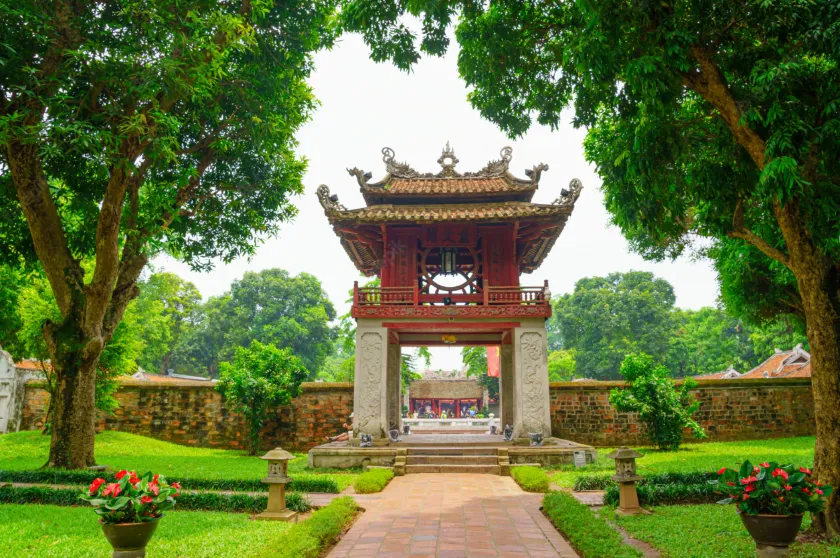
Temple of Literature - one of the famous Hanoi tourist attractions
The Temple of Literature was built in 1070 to worship Confucius and the practice of Confucianism. Then, in 1076, the Imperial Academy was established in order to educate princes, nobles, and bureaucrats. Later, it was considered to be Vietnam’s first university. In the 11th century, Confucianism was not just a belief; it was a living, working, and reigning standard that focused on perfecting one’s morals. The students weren’t taught science or math; instead, they learned Confucianism principles and literature. On the other hand, the architecture of these attractions is well preserved, although parts of it were rebuilt after the war and colonial period. If you look closely, every decorative detail in the vicinity has its own meaning such as the Constellation of Literature pavilion, the four holy beasts on the pillars in front of the entrance, etc. Temple of Literature and Imperial Academy portray a perfect intellectual and materialistic image of how feudal life was. That is the reason why this place became one of the best places to visit in Hanoi.
>> See more: The Temple of Literature - A Symbol of Learning and Culture in Hanoi
2. Imperial Citadel of Thang Long
The origin of the Imperial Citadel of Thang Long dates back to the 7th century when this Hanoi tattraction's very first foundation was set up. Under the Chinese invasion at the time, Đại La (original name by the Northern Dynasties), a Chinese fortress was said to be built in the area. In 1010, Hanoi was first chosen to be the capital of Vietnam by King Lý Thái Tổ and remained to be the central city for many centuries. As one of the oldest cities in the world, Hanoi certainly has its own way of standing out from fellow Southeast Asian cities. Its rich culture is reflected in one of the most ancient historical sites: the Imperial Citadel of Thang Long. Originally, it was the place where kings reigned while imperial ceremonies and great national affairs were celebrated.
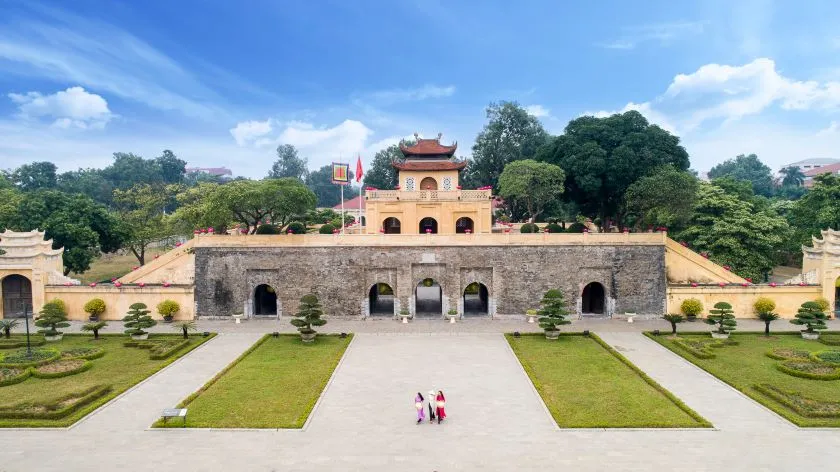
Imperial Citadel of Thang Long
While visiting The Imperial Citadel of Thang Long, you have the opportunity to explore the in-depth history of Hanoi through many aspects and moments in time. The Imperial Citadel offers many layers of evidence from the archeological site in 18 Hoang Dieu as well as the exhibition spaces throughout the vicinity. The exhibition area is well organized with A/C support so visitors won’t have to worry about Hanoi’s heat during the summer. Advancing inward, you can visit house D67 – Headquarters of the Defense Ministry, where the People’s Army of Vietnam planned their major moves against US forces. With everything in store, the central sector of the Imperial Citadel of Thang Long – a UNESCO World Heritage site, is a must-see place when you visit Hanoi.
3. Ho Chi Minh Mausoleum Complex
Ho Chi Minh (Uncle Ho) is one of the most respected leaders and national heroes of Vietnam. He had sacrificed his whole life for the better of the Vietnamese people. In order for the next generation and the Southern compatriots to show their respect to Uncle Ho after the long, divided war, the Ho Chi Minh mausoleum was constructed to hold the remains of the Great Father. Besides the Mausoleum, other attractions within the complex will also assist you in learning about Uncle Ho and his journey with the people of Vietnam towards independence and freedom.
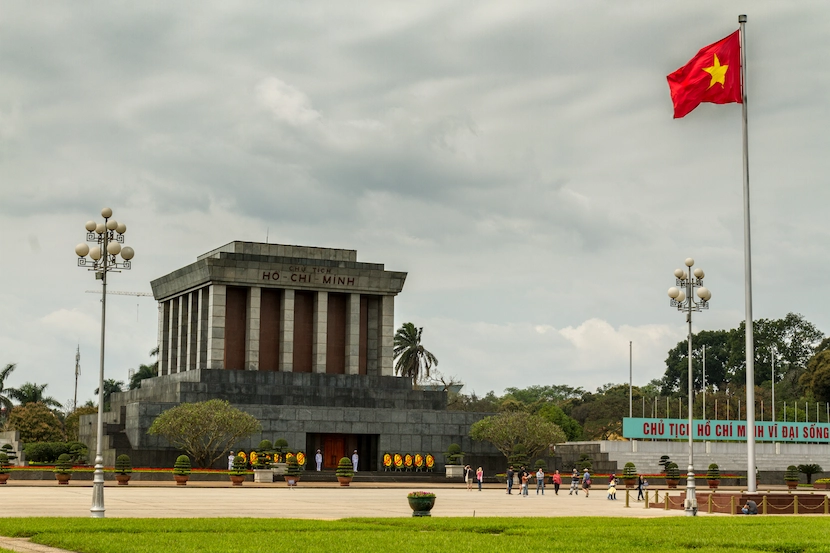
Ho Chi Minh Mausoleum Complex
The Complex includes Ba Dinh Square, the frontal square of the Mausoleum, where the Declaration of Independence of Vietnam was introduced by Ho Chi Minh himself on 02/09/1945. Moving on to the Ho Chi Minh Museum, it holds a tremendous exhibition that contains priceless historical documents and show-pieces, systematically reflecting Ho Chi Minh’s Working Life and Vietnam’s Revolutionary Way. Behind the Mausoleum are House No.54 and Uncle Ho’s house on stilts, where he worked and lived since 1954. The houses reflect the simple life of Uncle Ho, who refused to live a luxurious life while his people were in difficult. Besides, the One Pillar Pagoda is also an attractive religious place with interesting architecture and mysterious chronicles. Together, these tourist attractions in Hanoi will potentially bring so much more to your visit.
3.1. Ho Chi Minh Mausoleum
- Address: 25 Hung Vuong, Dien Ban, Ba Dinh, Hanoi
- Opening days: Tuesday, Wednesday, Thursday, Saturday, Sunday
- Opening hours (seasonal):
- April 1st to October 31st: 07:30 - 10:30 (Saturdays, Sundays, and public holidays: 07:30 - 11:00)
- November 1st to March 31st of next year: 08:00 - 11:00
- Entrance fee: Free (if you proceed to the Ho Chi Minh house on stilts, the separate fee is VND 40,000)
>> Read more: Ho Chi Minh Mausoleum - The Complete Travel Guide in Hanoi
3.2. Ho Chi Minh Museum
- Address: 185/19 Ngoc Ha, Doi Can, Ba Dinh, Hanoi
- Opening days: Tuesday, Wednesday, Thursday, Saturday, Sunday
- Opening hours:
- Morning: from 08:00 to 12:00
- Afternoon: from 14:00 to 16:30
- Entrance fee: VND 40,000
4. Sword Lake (Hoan Kiem Lake), Hanoi Old Quarter, and French Quarter
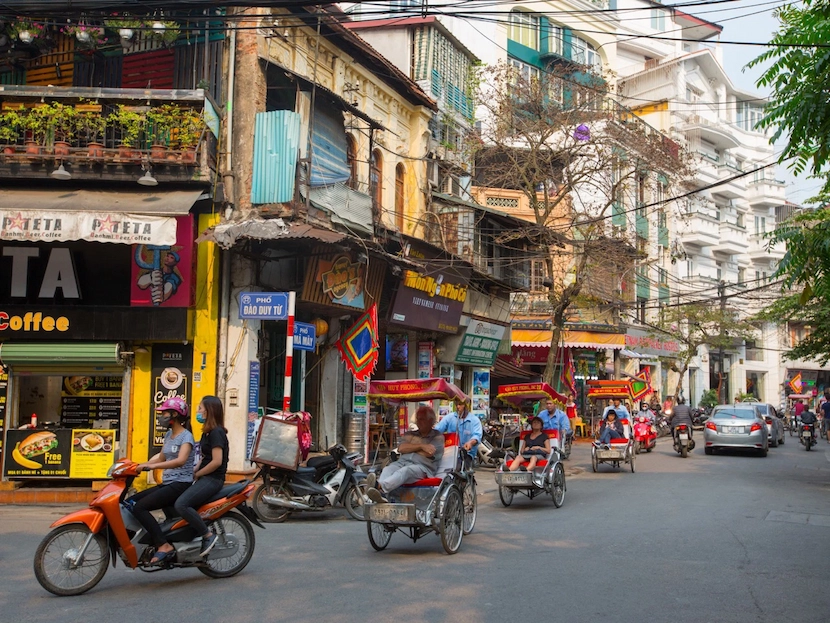
Hanoi Old Quarter
When you visit Hanoi, it would be a mistake if you do not visit Hanoi Old Quarter, French Quarter, and the narrow streets around Hoan Kiem Lake. These Hanoi points of interest are the center of cuisine and culture where you can experience the life of a Hanoian. Unlike the previous attraction, instead of reading, watching, and hearing to find information, you will have actually to blend into the bustling street of Hanoi Old Quarter, try haggling for goods, taste traditional food from all around Vietnam from dusk till dawn, and sip the famous Vietnamese coffee in the morning, while reading your favorite books. If by any chance you are tired of all the noises and tumult of the street, wake up early and take a stroll around Hoan Kiem Lake on the weekend on the street. The multiple characteristics of the Old Quarter have made so many expats and tourists fall in love; now come and experience it for yourself.
Walking streets are open every Friday night - Sunday night, with the majority of the streets around the lake closed for walking only beside many other activities.
5. Hanoi Temples, Pagodas, Communal Houses
Religion is one of the most important aspects of Vietnamese culture, as it reflects Vietnamese people's spiritual lives. As a result, these religious attractions in Hanoi were built to satisfy our demands. Most of these venerable attractions date back to the 17th century or even older. Each of them was built for a different purpose:
- Temples: worshiping Vietnamese Saints, Mother Goddess, and the Guardians who protect the area;
- Pagodas: practicing Buddhism;
- Communal houses: worshiping the village’s spiritual leaders, village meetings, ceremonies, and parties
However, once you visit them, you will be able to spot the similarities: the distinctive smell of incense, the murmured whispers of the worshipers politely asking for blessings from the Gods and the tranquil and venerable atmosphere. Interestingly, some places even offer fortune-telling, which is quite accurate (based on personal experience). On the other hand, these attractions have a wide range of architectural features, paintings, and engravings recognizable from the 16th - 18th centuries. Like the Temple of Literature, these Hanoi attractions are the perfect mixture of spiritual and materialistic values of Vietnamese culture.
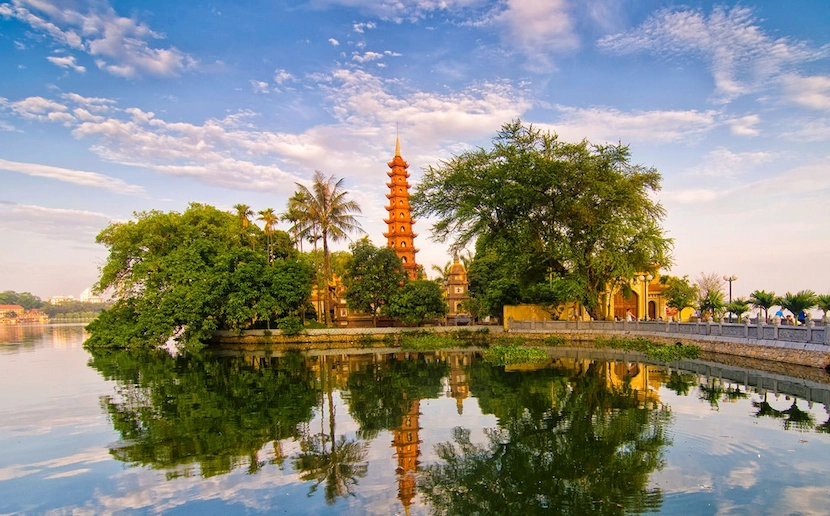
Tran Quoc Pagoda
- Recommended places (within Hanoi center): Tran Quoc Pagoda, Quan Thanh Temple, Tay Ho Temple, Ngoc Son Temple, Chem Village communal house, Hai Ba Trung Temple, etc.
- Hanoi suburb: Mong Phu communal house (Duong Lam ancient village), Tuong Phieu communal House, Va Temple
Keep in mind that you need to dress properly (no miniskirts, tanktops, crop tops, or shorts) when entering these spiritual places to show respect. This is part of Vietnamese tradition and culture.
6. Museums in Hanoi
Continue to discover the list of Hanoi top attractions, museums in Hanoi have recently been renovated and improved significantly. Many are situated in French colonial, French mixed Chinese, or modern architecture-style buildings. The museum system provides a comprehensive image of Vietnamese culture, history, and people through several senses. The exhibitions vary from the histories of conflict and revolution within Vietnam, the liberation movements against many foreign occupations to the fabulous and colorful insights of 54 ethnic groups, and the gorgeous yet simple images of Vietnamese people. The recommended museum attractions in Hanoi are:
6.1. Museum of Ethnology

Museum of Ethnology
- Address: 1 Nguyen Van Huyen Street, Cau Giay
- Opening day: Tuesday - Sunday (Except for Monday and Lunar New Year)
- Opening hours: 08:30 - 17:30
- Ticket price:
- Adult: 40,000 VND
- University students: 20,000 VND
- Elementary to High school students: 10,000 VND
- Elderly people, people with disabilities, ethnic minorities: 50% discount on ticket price
- Children under 6 years old, people with severe disabilities, ICOM cards, journalists’ cards, sponsors: Free.
6.2. Vietnam Fine Art Museum
- Address: 66 Nguyen Thai Hoc, Ba Dinh
- Opening day: Every day (except for Mondays)
- Opening hours: 08:30 - 17:00
- Ticket price:
- Adult: VND 40,000
- University students, Elementary to High school students: VND 20,000
- Children from 6 - 16 years old: VND 10,000
- Children under 6 years old, people with severe disabilities: Free
6.3. Vietnam Women’s Museum
- Address: 36 Ly Thuong Kiet Str, Hoan Kiem
- Opening day: Everyday
- Opening hours: 08:00 - 17:00
- Ticket price:
- Adult: VND 40,000
- Children and pupils: VND 10,000
- University students: VND 20,000
6.4. National Historical Museum
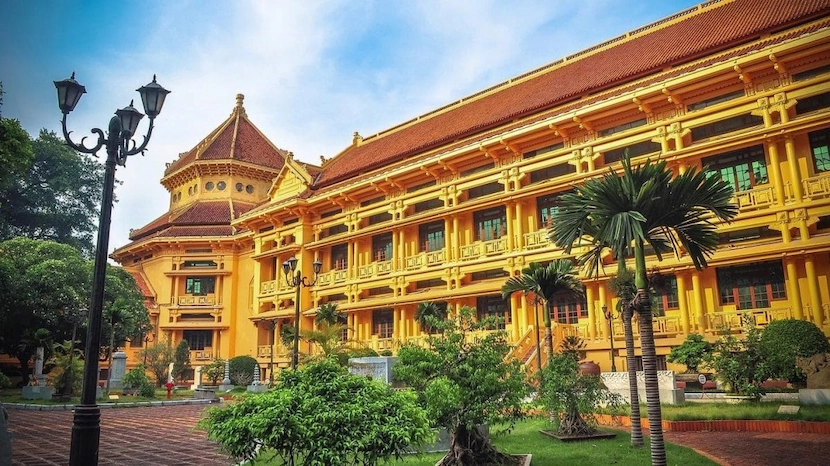
National Historical Museum
- Address: 1 Trang Tien Street, Hoan Kiem
- Opening day: Everyday
- Opening hours: 08:00 - 12:00, 13:30 - 17:00
- Ticket price:
- Adult: 40,000 VND
- University students: 20,000 VND
- Elementary to High school students: 10,000 VND
- Elderly people, people with disabilities, ethnic minorities: 50% discount on ticket price
- Children under 6 years old, people with severe disabilities: Free.
6.5. Museum of Hanoi
- Address: Pham Hung Street, Me Tri, Nam Tu Liem
- Opening day: Every day (except for Mondays)
- Opening hours: 08:00 - 11:30 & 13:30 - 17:00
- Ticket Price: 30,000 VND
>> See more: Hanoi half-day biking tour
7. Maison Centrale - Hoa Lo prison
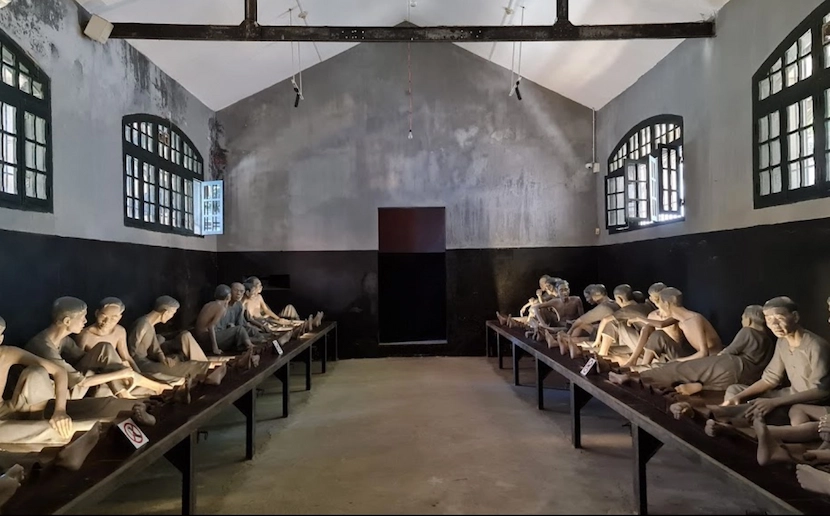
Hoa Lo Prison
If you wonder why Vietnamese people are strong-willed patriots and how they can reclaim their independence time after time, then Hoa Lo Prison is the perfect attraction for you. This Hanoi tourist attraction is a symbol of colonialist exploitation and of the bitterness of the Vietnamese revolutionists toward the French. Hoa Lo prison was built by the French in 1896 and was named “Central House'' (Maison Centrale). This attraction has an important role for French colonists in suppressing the antagonist of the colonial system. On the other hand, for the Vietnamese, the prison is a revolutionary “institute” where their patriotism was molded and hardened to an unbreakable point. Hoa Lo was one of the scariest prisons in SouthEast Asia at the time, with an overall area of 12000m2, surrounded by a 4m tall, 0.5m thick electrical fortified wall, equipped with a 4m tall Guillotine and security measures imported from France, it oozes a frigid and deadly atmosphere. However, just like the name of this Hanoi attraction - Hoa Lo (fiery furnace), the fire of patriotism inside of Vietnamese revolutionists' hearts burns endlessly and has inspired many later generations. Nowadays, Hoa Lo Prison’s size has been reduced to 2400m2 and turned into a Museum, but the image and the atmosphere remain unchanged.
- Location: 1 Hoa Lo Street, Hoan Kiem District, Hanoi
- Opening hours: from 08h00 to 17h00 every day except special holidays.
- Ticket price: VND 30,000/pax.
>> See more: Hoa Lo Prison Relic - One of Hanoi's Famous Historical Landmarks
8. Bat Trang Ceramic Village
Located 13 km Southeast of Hanoi, in a clay-rich area, Bat Trang Ceramic Village has the advantage of materials to create fine ceramics. Bat Trang’s ceramics were favorite products not only in the domestic market but also in foreign ones such as Japan, China, Holland, Portugal, etc., thanks to the prime position of Vietnam on the World map due to the trade wind. The ceramics products of Bat Trang vary from household wares, ceremonial wares, ornaments, and so on. Bat Trang ceramics are famous for their quality, glaze, and variety in color and decorations; each product carries many decorative details reflecting the Vietnamese culture and beliefs through hundreds of years. This Hanoi tourist attraction will be a perfect destination to learn about Vietnamese culture and bring home some beautiful ceramic souvenirs.
Bat Trang Ceramic Village
How to get to Bat Trang Ceramic Village?
- Bus 47 (Long Bien- Bat Trang) stops just a few steps from Dong Xuan Market with the end terminal in Bat Trang ceramic village. The bus runs every 20 minutes.
- Rent and ride a motorbike from the center of Hanoi to Bat Trang (20 minutes)
- Using transfer services from online apps such as Grab, Be
9. Other attractions near Hanoi
9.1. Chuong Village - home to conical hat
Located about 30 km from Hanoi’s center, Chuong Village is a traditional village where you can discover how hats are made. The green palm leaves undergo many processes under the skillful hand of villagers, then become beautiful products.
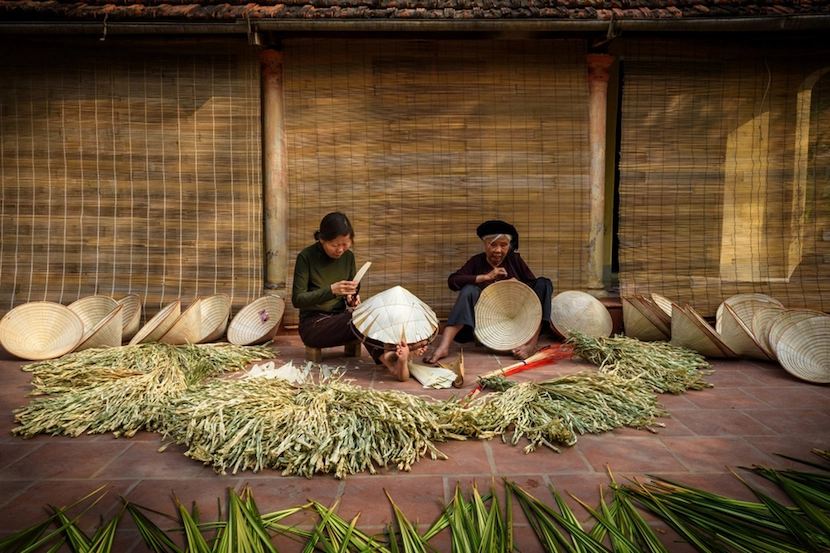
Making conical hats in Chuong Village
9.2. Vac Village - Birdcage making
Vac Village, located 30km far from Hanoi center, is well-known for different traditional handicraft, particularly bird cages. In the village, there are still 100 households making bird cages for a long time. The products are decorated nicely and made with high quality. This is an ideal destination for bird tender and visitors also.
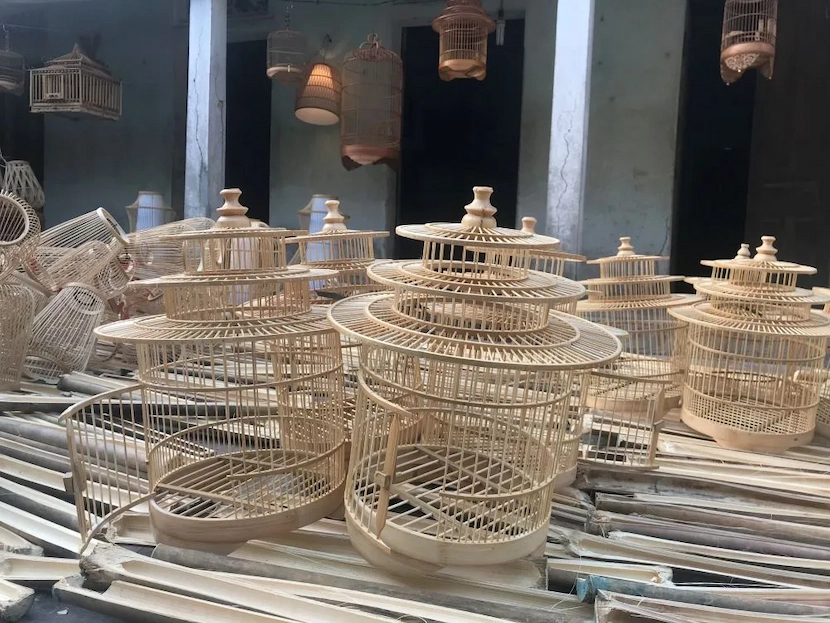
Bird Cage made in Vac Village
9.3. Perfume pagoda
Chua Huong (also known as Perfume Pagoda) is located 60km to the southwest of Hanoi, built since 15th century. To reach the sacred Perfume Pagoda, tourists have to book a boat ride with the locals. Along the Yen stream, you can witness the blooming apricot and lotus flower in spring. Most of pilgrims and tourists come to the pagoda seek for happiness, wealth and prosperity.
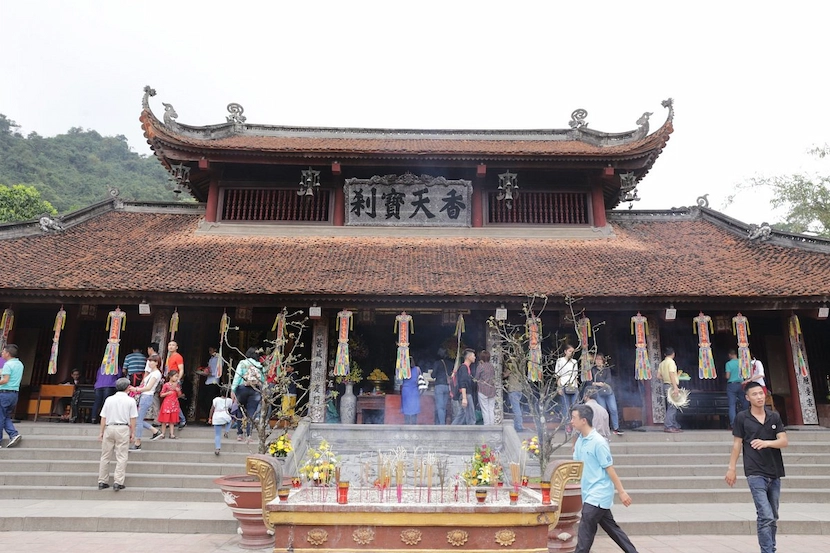
Perfume Pagoda
9.4. Thay Pagoda
Chua Thay (also known as Thay Pagoda) is located around 25km to the southwest of the Hanoi center. The harmonious natural landscape and special ancient architecture make Thay Pagoda an alluring spiritual attraction in Hanoi. In 3rd lunar month every year, people help Thay Pagoda festival to celebrate Zen Master Tu Dao Hanh – the ancestor of water puppetry.
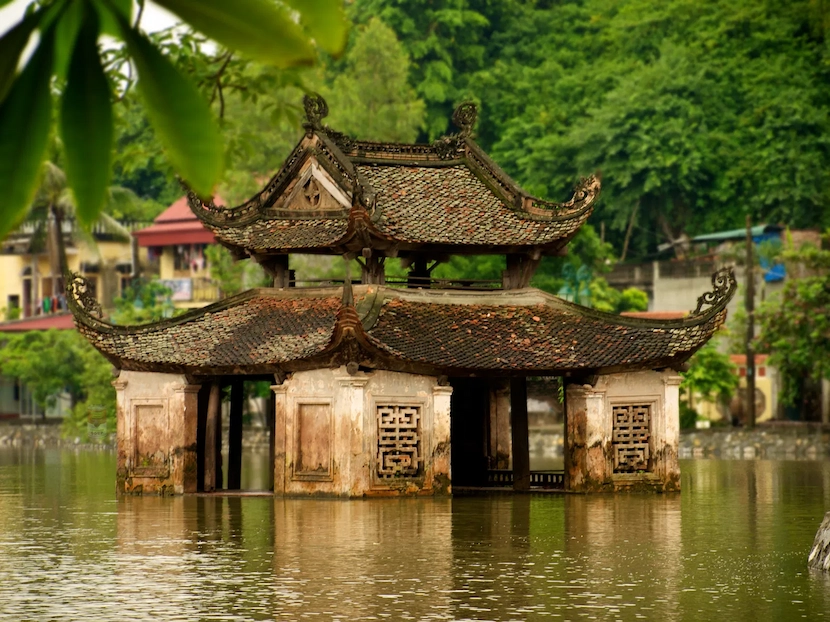
Thay Pagoda
With above information, we hope you can sort out the perfect trip in Hanoi, Vietnam. If you would like to get help to customize the Hanoi Tour and Vietnam Tour, feel free to contact us via email: [email protected] or WhatsApp: +84 382 536 266.
See more articles about Hanoi:
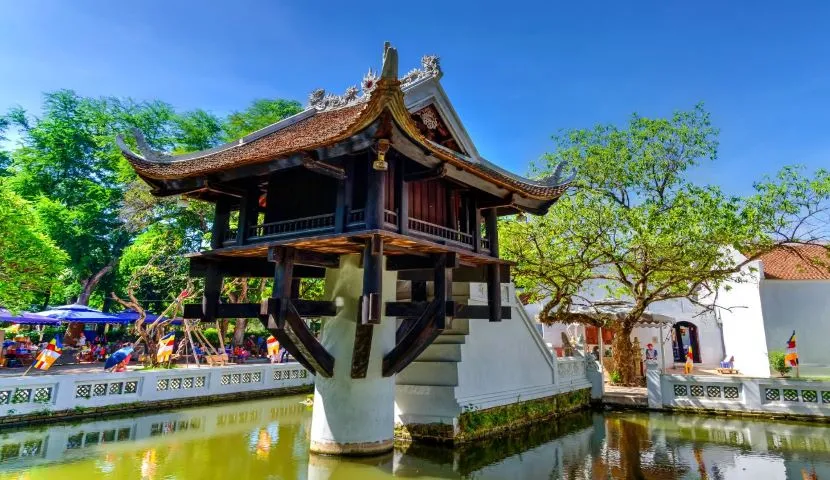








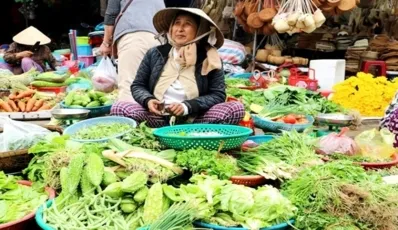
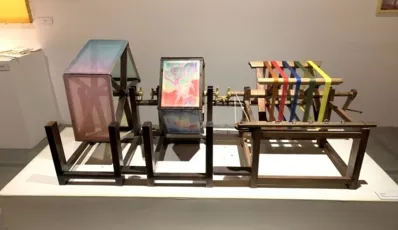
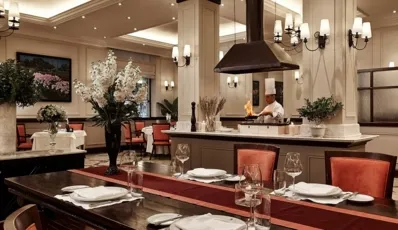

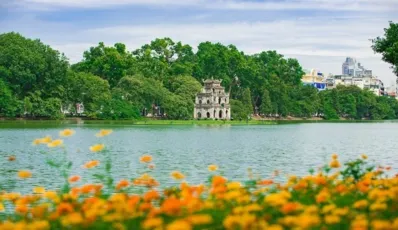
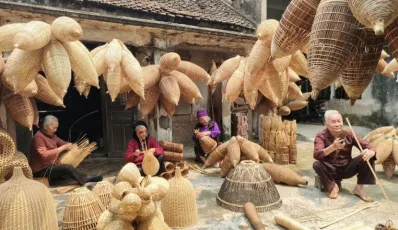
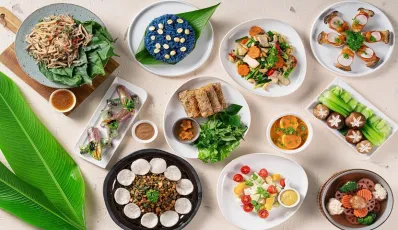
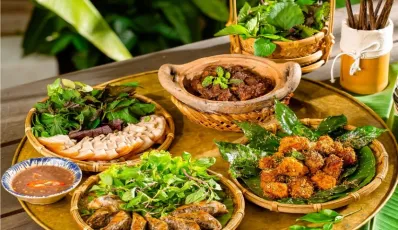
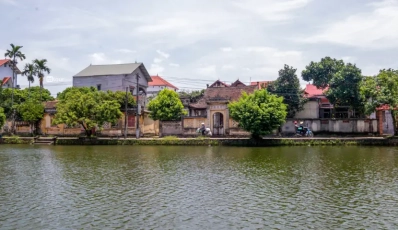




 TRAVELERS' CHOICE 2025
TRAVELERS' CHOICE 2025 



02 Comments
New Zealand
Vietnam
Hello! 10 days for a trip to Northern and Southern Vietnam is very reasonable. Besides Hanoi and Ho Chi Minh, you can visit vicinities such as Ninh Binh, Halong Bay, Mekong Delta. For detailed itineraries, you can check 2 following tours: Best of North & South Holiday | Vietnam Classic Tour / Explore Mekong and Red River Delta | Vietnam Classic Tour. To receive a free consultation and get quotes/promotions, feel free to email us at [email protected] or Whatsapp: +84 382 536 266. Thank you!
Write Reply